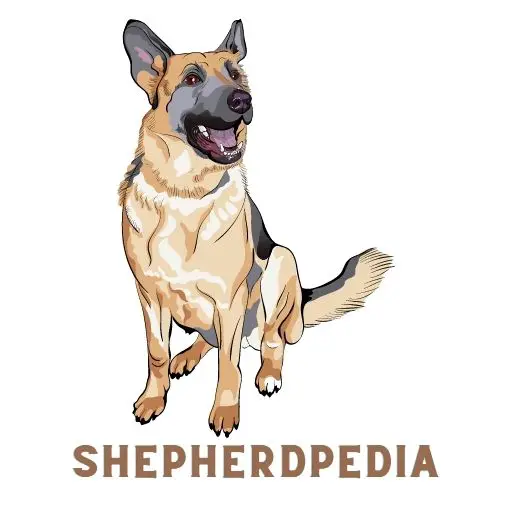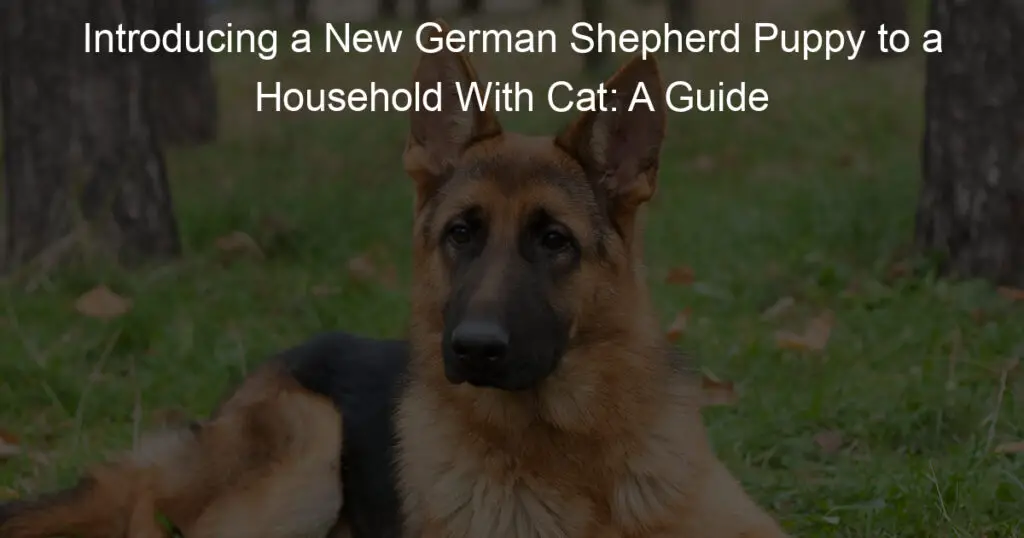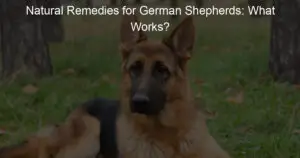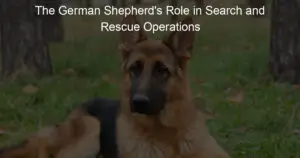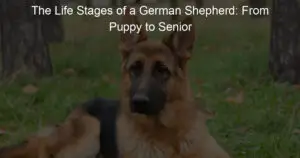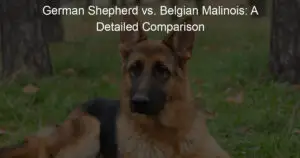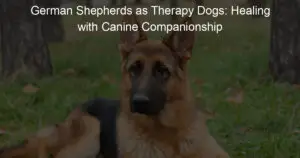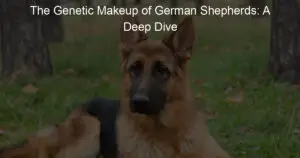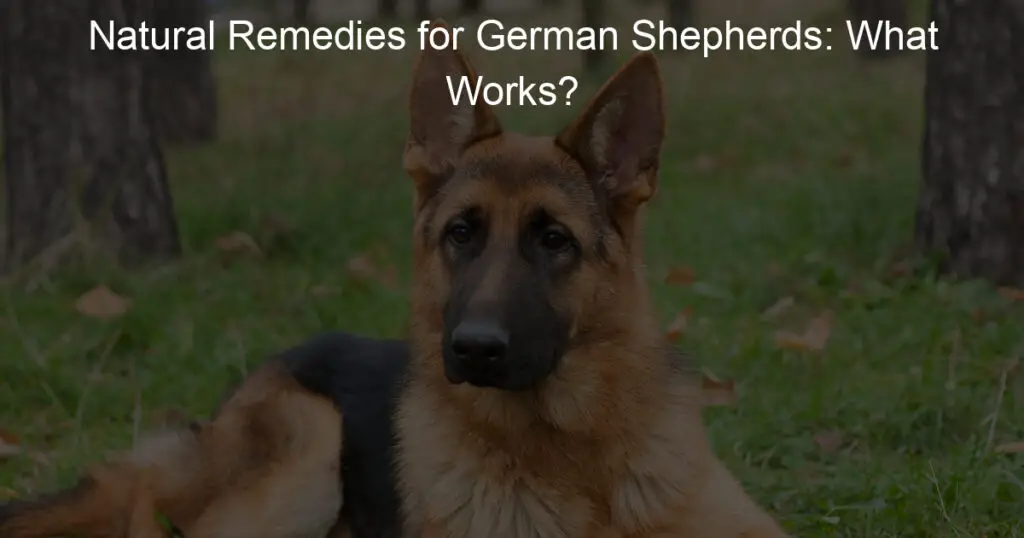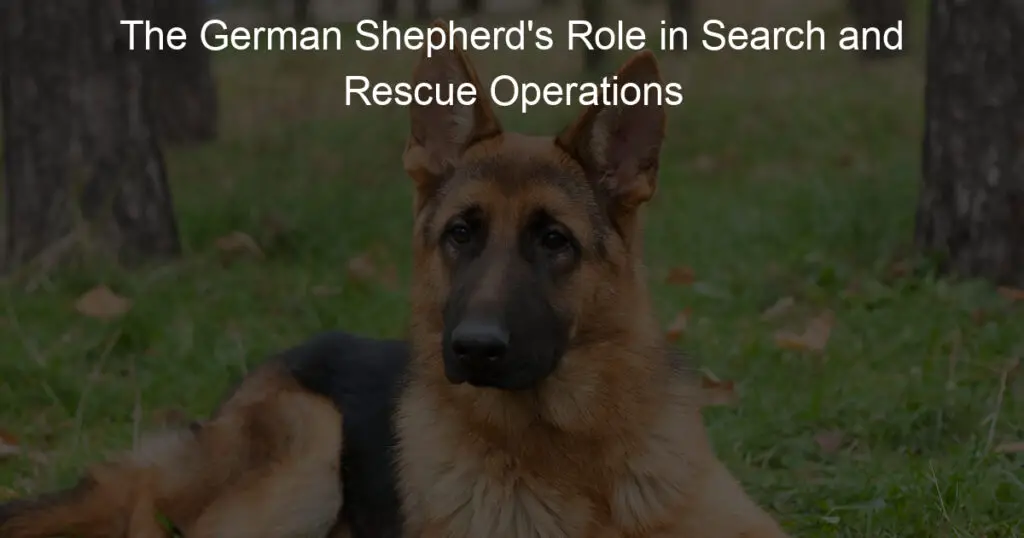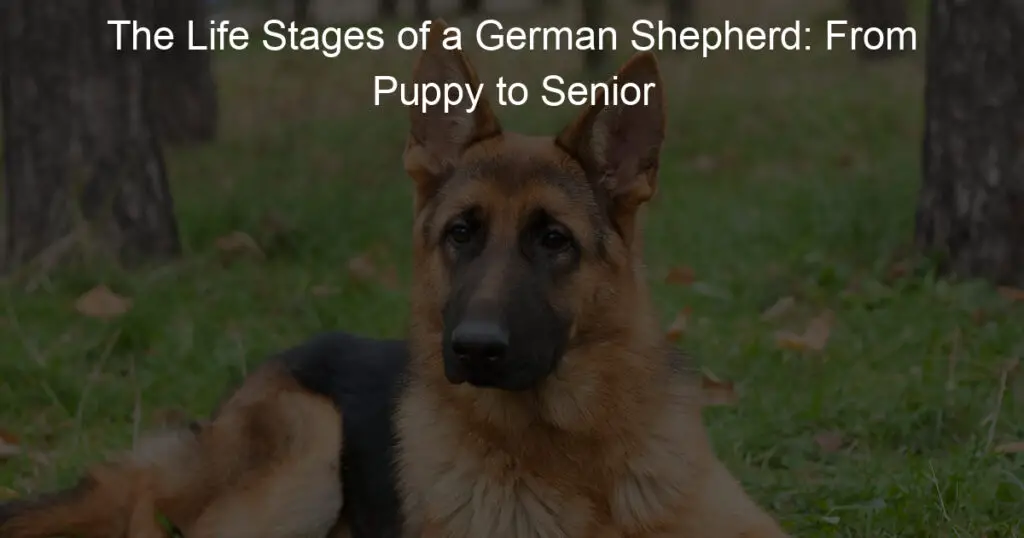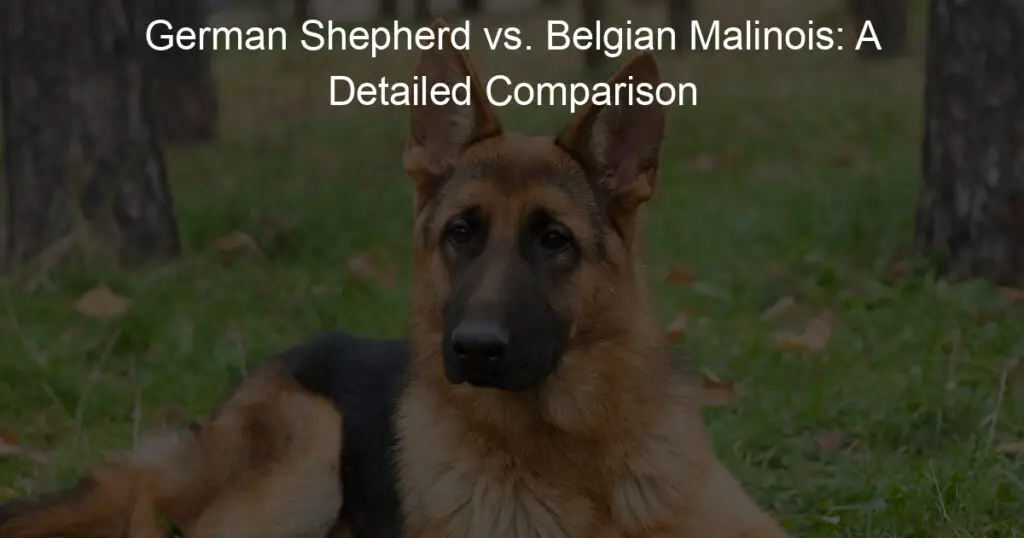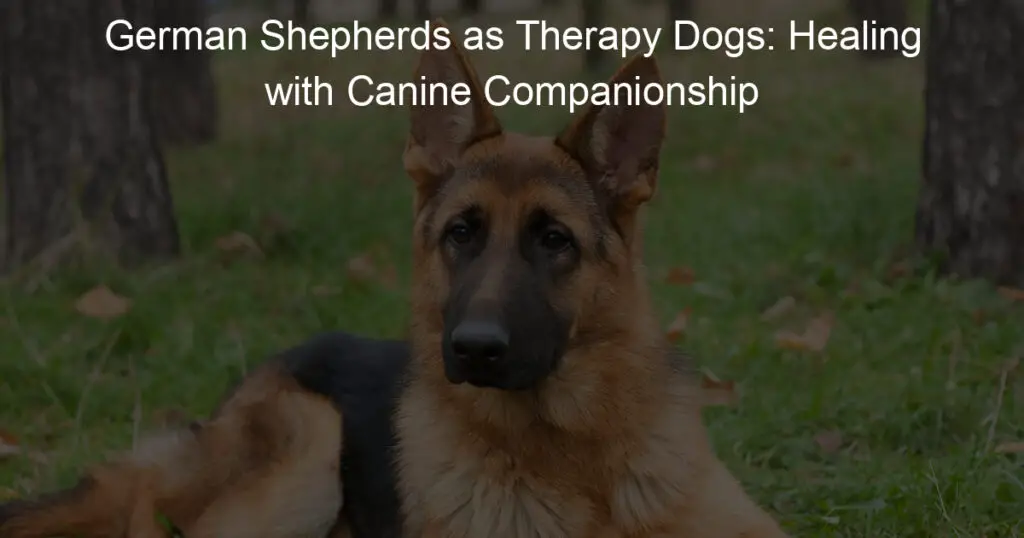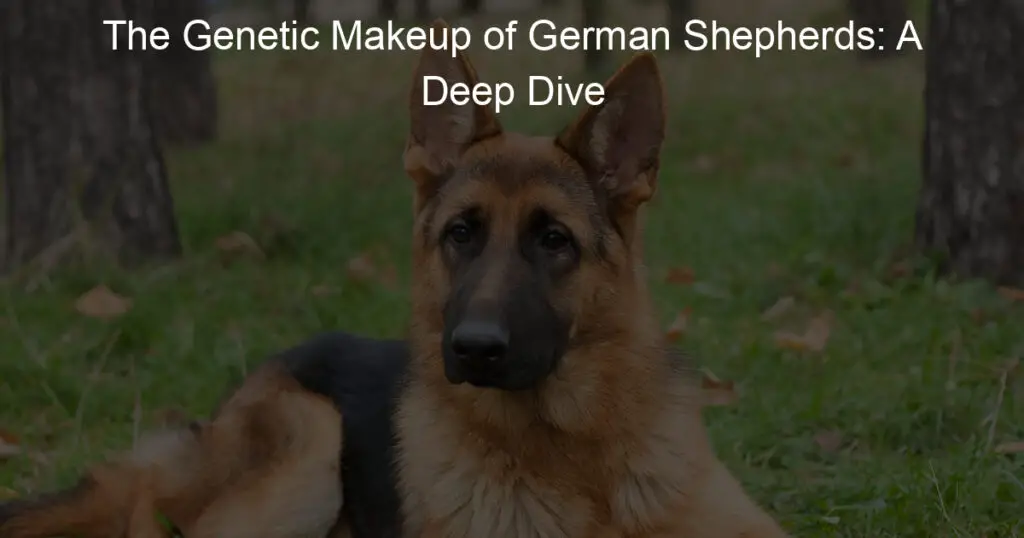Introducing a new German Shepherd puppy to a cat can seem like a daunting task, but with patience and understanding, you can help both animals form a harmonious relationship.
It’s important to remember that German Shepherds are intelligent, protective, and instinct-driven, making it crucial to take the necessary steps to ensure the safety and comfort of both pets.
Introducing a new German Shepherd puppy to a household with cat in a well-prepared and controlled environment will minimize potential conflicts and maximize the chances of a successful meeting.
Understanding the behaviors and personality traits of your German Shepherd and your cat will aid in creating and maintaining a safe and peaceful environment for the two to coexist.
Some cats may be more territorial or apprehensive, while others may be more open to interacting with a new animal in their space.
On the other hand, German Shepherd puppies can be energetic and sometimes overly curious, which is why it is essential to provide proper training and socialization from an early age.
Knowing your pets and their behaviors will allow for a streamlined introduction process, ultimately leading to a happy and peaceful home for all involved.
With dedication and a bit of guidance, both your German Shepherd puppy and your cat can become friends who respect and cherish each other’s company.
Key Takeaways
- Prepare a controlled environment for a successful introduction between your German Shepherd puppy and cat
- Understand both pets’ behaviors and ensure proper training and socialization for a harmonious relationship
- Be patient and dedicated to fostering a safe and peaceful environment for both your German Shepherd puppy and cat
Introducing a New German Shepherd Puppy to a Household With Cat
When introducing a new German Shepherd puppy to a cat, it is crucial to understand their temperaments and body language.
As a first step, I need to be aware of how both animals usually behave around others. German Shepherds are known for their intelligence, loyalty, and protective instincts. They can be great companions for cats if properly introduced and socialized.
On the other hand, cats can be independent creatures, cautious at first with new animals, but may eventually warm up to the puppy.
In order to achieve a harmonious relationship between my German Shepherd and cat, I must pay close attention to their body language.
Recognizing the signs of stress, fear, or aggression is essential for preventing any unpleasant situations.
For instance, if the cat’s ears are flattened against its head, it could be feeling threatened or scared.
Similarly, if my German Shepherd pup is growling or displaying a stiff body posture, it might indicate that he is feeling uneasy or aggressive.
During the introduction process, I should provide a safe and controlled environment for both pets. This can be achieved by allowing them to observe each other from a distance, gradually closing the gap over time.
Using positive reinforcement, such as treats and praises, will help to create a pleasant and positive atmosphere for both animals.
It is essential that I remain patient, taking baby steps to avoid overwhelming either of them. Remembering that this process might take anywhere from a few days to several weeks is essential.
Lastly, monitoring their interactions closely is pivotal in fostering a healthy bond between my German Shepherd and cat.
When I observe them playing or engaging positively, reinforcing such behavior can go a long way in building trust and understanding between them.
In case of any signs of distress or aggression, I should intervene immediately and calmly, giving them time and space to cool down before trying again.
By taking the time to truly understand my German Shepherd and cat’s temperaments and body language, I can create a comfortable environment that promotes a positive and lasting relationship between them.
Preparation for Introduction
When introducing a new German Shepherd puppy to an existing cat, it’s essential to prepare both the environment and the animals to ensure a smooth and positive experience.
I always start by setting up a safe room for the new puppy. This room should have a door or gate, preventing the cat from entering.
It creates a haven for the puppy to adjust to its new surroundings before meeting the cat.
Before the introduction, I spend time with each pet separately to reinforce positive behaviors. Praise and treats are useful tools for encouraging good interactions between the new puppy and the existing cat.
Additionally, I take the time to make sure the puppy is familiar with the basic commands, such as “sit” and “stay.” This will make it easier to manage the puppy’s behavior during the introduction process.
While working on the puppy’s behavior, I also keep in mind that the cat may be feeling anxious or territorial.
To ease this, I place the cat’s bedding, food, water, and litter box in areas where the puppy will not have free access, ensuring that the cat has a comfortable space to retreat.
I also make sure to give them equal attention, providing both pets with reassurance and the feeling of being valued.
Lastly, I get a blanket or a piece of clothing with the scent of each pet to familiarize them with each other’s smell.
By swapping these items between the safe room and the cat’s favorite area, they can gradually get used to each other’s scent before the face-to-face encounter, reducing potential stress and anxiety for both pets.
Careful preparation is key when introducing a new German Shepherd puppy to your existing cat.
Taking these measures will help create a comfortable environment and minimize the chances of conflicts between your pets.
First Meeting Between Puppy and Cat
When introducing a new German Shepherd puppy to a cat, it is crucial to have a well-planned, supervised first meeting.
I prepared for the initial face-to-face encounter by ensuring both animals remained calm and comfortable during the introduction process.
To create a controlled and safe environment, I kept my German Shepherd puppy on a leash. This allowed me to maintain distance between the animals while also giving them the opportunity to observe each other.
By doing this, I ensured a positive interaction and minimized any potential risk of aggression or fear.
In the beginning, I allowed my puppy and cat to sniff and become acquainted with each other at their own pace.
I made sure to reward and praise both animals for calm and friendly behavior throughout the interaction.
It is essential to monitor their body language closely and intervene if any signs of stress or aggression occur, such as hissing, growling, or raised hackles.
If the initial meeting went well, I gradually increased the time they spent together and slowly removed barriers like the leash.
Repeat the process multiple times to build a positive and trusting relationship between the puppy and cat, ensuring a harmonious home for both pets.
Remember, always remain patient and understanding of each animal’s individual needs and boundaries throughout the introduction process.
With time and persistence, your German Shepherd puppy and cat can develop a strong and lasting bond.
Training German Shepherd Puppy
I start by focusing on my German Shepherd Puppy’s obedience training using positive training methods. I aim to build a bond of trust and loyalty, as recommended by the American Kennel Club.
By doing so, I can ensure that my German Shepherd puppy will have a much easier time adapting to the presence of a cat in the house.
In the early stages of training, I teach my German Shepherd puppy basic commands such as “sit,” “stay,” and “come.” I use treat rewards and praise to reinforce these commands, as they are crucial for building a solid foundation in obedience training.
Consistency and patience during these training sessions are key.
When it comes to introducing my German Shepherd puppy to the cat, I ensure that the puppy has a strong grasp of these basic commands.
This way, I can use them to discourage any unwanted behavior, such as chasing or excessive barking.
By reinforcing positive interactions between the puppy and the cat with praise and reward, I help create a harmonious relationship between the two pets.
Another important aspect of training is to expose my German Shepherd puppy to various environments and situations, including being around cats.
This helps in building the puppy’s confidence and ensures that it is comfortable staying calm and obedient even in the presence of a cat.
Through this process, I aim to create a balanced and happy environment for both pets.
Building a Safe Environment
Creating a secure space for both my German Shepherd puppy and cat to introduce them to each other is essential for their harmony.
I initiate the process by defining specific areas within my home for each of them to retreat to when needed.
For example, I provide a crate for my puppy and ensure a separate and comfortable space for my cat, possibly a cozy corner or an elevated cat tree.
Safety measures continue in the yard by offering separate zones for both pets to feel secure and content.
I designate a particular area for my puppy to roam in, and I make sure the cat has access to climbable structures or a clear path to avoid any direct confrontation with the puppy.
I also set up separate bedding areas so each pet has its own spot to rest. To help ease the adjustment period, I switch out their bedding occasionally, allowing them to get accustomed to each other’s scents.
This process helps develop a familiarity between the two and makes future interactions less stressful.
One of the most vital steps in building a safe environment is closely watching and supervising their interactions.
I monitor their body language and behavioral cues to ensure they both feel comfortable and secure.
Ideally, it’s best for me to take a gradual approach to these interactions, giving each pet time to adjust and develop a friendly relationship.
Lastly, I designate a safe room for my cat, where it can hide and escape if it feels threatened or stressed.
This room contains everything the cat needs, such as food, water, and a litter box, so it feels comfortable retreating there when necessary.
This safe space builds a level of trust between my cat and the puppy, helping them coexist peacefully in the long run.
Tips for Introducing a Puppy to a Cat
When I first brought my German Shepherd puppy home, I knew I had to be cautious and responsible while introducing them to my resident cat.
After careful research and implementation, I’ve gathered some valuable tips for introducing a puppy to a cat.
1. Preparation: Before the introduction, make sure both animals are comfortable in their own spaces. I created a safe zone for my cat, allowing them to retreat if necessary. Likewise, I provided a space for the puppy to feel secure, complete with a bed, toys, and food.
2. Scent exchange: I began by exchanging their scents. I gently rubbed a towel on my cat and then let the puppy smell it, and vice versa. This allowed both pets to familiarize themselves with each other before even meeting face-to-face.
3. Controlled meeting: When it was finally time for the meeting, I put my puppy on a leash for better restraint and control over the situation. I let the cat approach the puppy on their own terms, allowing them to be cautious while still maintaining control.
4. Positive reinforcement: During the interaction, I made sure to reward both pets for displaying calm and friendly behaviors, which helped create a positive association between them.
5. Gradual exposure: I didn’t force the interactions but rather allowed the meetings to be brief, gradually increasing the time spent together as both pets became more comfortable.
6. Supervision: Until both the cat and the puppy were consistently getting along, I monitored their interactions closely, intervening only when necessary to ensure no harm came to either pet.
Following these tips, I successfully introduced my German Shepherd puppy to my cat. With patience and proper precautions, a harmonious relationship between your new puppy and cat is certainly achievable.
Dealing with Potential Conflicts
As I introduce my new German Shepherd puppy to my cat, I anticipate potential conflicts arising due to both my dog’s prey drive and aggression toward my feline friend. In order to create a peaceful environment for both pets, I take a few important steps.
First, I try to confine and monitor their interactions closely, especially when the puppy is still young.
This allows me to correct unwanted behavior, such as growling, chasing, and barking, before it escalates into more aggressive actions.
In doing so, I teach my German Shepherd to respect the cat’s boundaries.
During these controlled interactions, should my puppy begin to whine or exhibit signs of fear, I calmly reassure and redirect his attention away from the cat.
Doing so improves the chances of avoiding an outburst. Remember, it’s crucial to be patient and consistent in these efforts.
When my puppy shows signs of chasing, I promptly intervene, again redirecting his attention to avoid reinforcing the unwanted behavior.
Regardless, if my dog becomes overly aggressive, I use techniques such as time-outs or supervised separation to manage the situation.
Continuous observation and intervention, along with providing positive reinforcement for good behavior, help establish a harmonious relationship between my German Shepherd puppy and my cat.
Socialization Phase
During the socialization phase, I focus on gradually exposing my German Shepherd puppy and cat to one another. It’s essential to do this in a controlled environment to desensitize them to each other’s presence and prevent fear or aggression from developing.
In the beginning, I kept my German Shepherd puppy and cat separated. They should only be allowed to observe each other from a safe distance, usually with the help of a baby gate or a door slightly ajar.
This way, they can get accustomed to each other’s scents and sounds without direct interaction or stress.
Once I notice my puppy and cat seem more at ease around each other, I begin to introduce brief, supervised face-to-face introductions.
For these meetings, I use a leash for better control and have a trusted friend or family member on standby to help with the cat.
To make the introduction process smoother, I associate their time together with something positive, like treats or praise.
As they become more comfortable with each other, I increase their exposure time. I do this gradually, paying close attention to their body language.
If I notice any signs of fear or aggression, I stop the interaction immediately and give them a break before trying again later.
Throughout the socialization process, distraction is crucial. I use toys, treats, and even gentle redirection to keep both the German Shepherd puppy and cat focused on something other than each other.
This helps to prevent negative associations from forming and encourages a more relaxed environment.
As time goes on, the socialization process between my German Shepherd puppy and cat gradually becomes more natural.
By being patient, consistent, and attentive, I can foster a positive relationship between them, creating a harmonious household for us all.
Maintaining a Harmonious Relationship
Introducing a new German Shepherd puppy to a cat may seem like a daunting task, but with patience and understanding, I have found that it can lead to a harmonious relationship.
I have learned that the key to fostering a strong bond is to find a balance between respecting each other’s space and allowing them to become familiar with one another.
In my experience, I have discovered that it’s vital to create a sense of routine for the German Shepherd puppy. This allows the cat to become accustomed to the dog’s presence gradually, reducing any potential hostility between the two.
Establishing set playtime, meal times, and rest periods in a consistent manner will help both animals feel more comfortable and secure.
One important aspect of this transition is giving each companion their own space. I have found that providing separate areas for the German Shepherd and the cat allows for a smoother integration process.
This can be achieved by designating specific rooms or areas in the home for each pet, including separate feeding stations and sleeping spots.
This ensures that the pets respect each other’s boundaries, ultimately fostering a positive environment.
Another critical aspect is displaying patience during the process. I understand that it can be challenging to see the pets take time to establish acceptance and trust.
Nonetheless, it’s important to remain calm and consistent as I introduce them to one another.
I cannot expect immediate friendships to form; instead, I must remain patient and continue to support their buddy system.
In conclusion, while introducing a new German Shepherd puppy to a cat might be challenging, I found that maintaining a harmonious relationship is achievable with the right approach.
By respecting their boundaries, creating a consistent routine, and displaying patience, I believe a rewarding and lifelong bond between a German Shepherd and a feline companion can indeed be nurtured.
Frequently Asked Questions
How can I make my German Shepherd puppy and cat comfortable with each other?
To make my German Shepherd puppy and cat comfortable with each other, I need to establish a safe and controlled environment for both animals.
I will create separate spaces for them initially and gradually introduce their scents to one another. Then, I will supervise them during their interactions, allowing them to observe and explore each other from a safe distance.
What steps should I follow to introduce a new German Shepherd puppy to my cat?
When introducing my German Shepherd puppy to my cat, I should:
- Create separate spaces for them and let them adjust to their new environment.
- Swap items like bedding, toys, and blankets to familiarize them with each other’s scents.
- Establish controlled visual exposure, such as through a baby gate or a glass door.
- Gradually allow supervised interactions in neutral territory, rewarding them for calm behavior.
- Proceed at my animals’ pace, never pushing them beyond their comfort level.
Are there any special precautions to take for a German Shepherd when introducing them to a cat?
Since German Shepherds are a highly intelligent breed, I must ensure to monitor their body language and responsiveness during interactions with my cat. Rewarding positive behavior and carefully addressing any signs of aggression are crucial.
Furthermore, I will educate myself about my dog’s prey drive and work on obedience training to keep them both safe.
How long might it take for a German Shepherd pup and cat to become friendly?
The time it takes for a German Shepherd puppy and cat to become friendly varies depending on their individual personalities, experiences, and temperaments.
It could take anywhere from a few days to several weeks or months for them to develop a friendly relationship.
Patience, consistency, and understanding their unique individual needs are key in the bonding process.
Can a German Shepherd’s temperament impact their compatibility with a cat?
A German Shepherd’s temperament can indeed impact their compatibility with a cat. Generally, German Shepherds are intelligent, protective, and strong-willed, which can influence how they react to other animals.
A well-socialized and trained German Shepherd with a balanced temperament is more likely to succeed in a positive relationship with a cat.
What signs should I look for to ensure a safe and successful introduction between my German Shepherd puppy and cat?
During the introduction process, I should look for signs of relaxed body language, such as soft eyes, wagging tails, and gentle sniffing.
If I see aggressive behavior, such as growling, snapping, or swiping, I need to intervene and separate the animals immediately.
The key is to progress at their pace and to reward positive behavior to reinforce their positive associations with each other.
